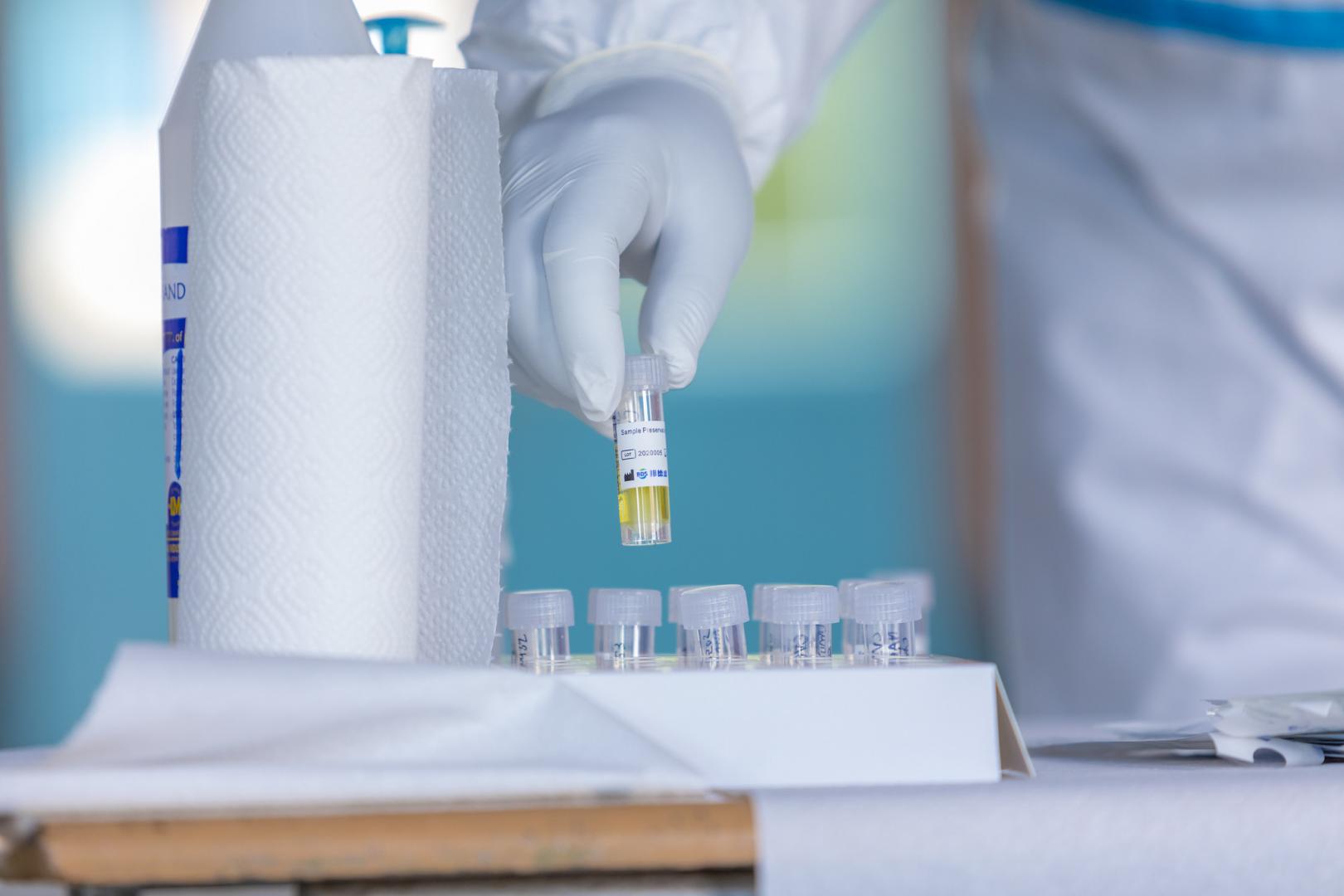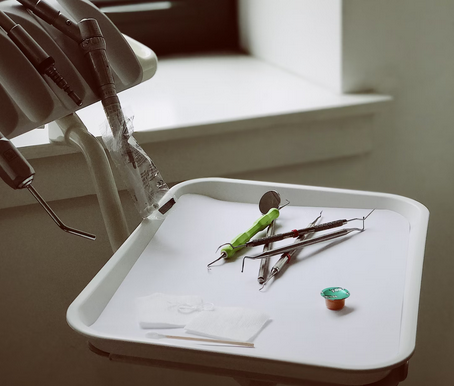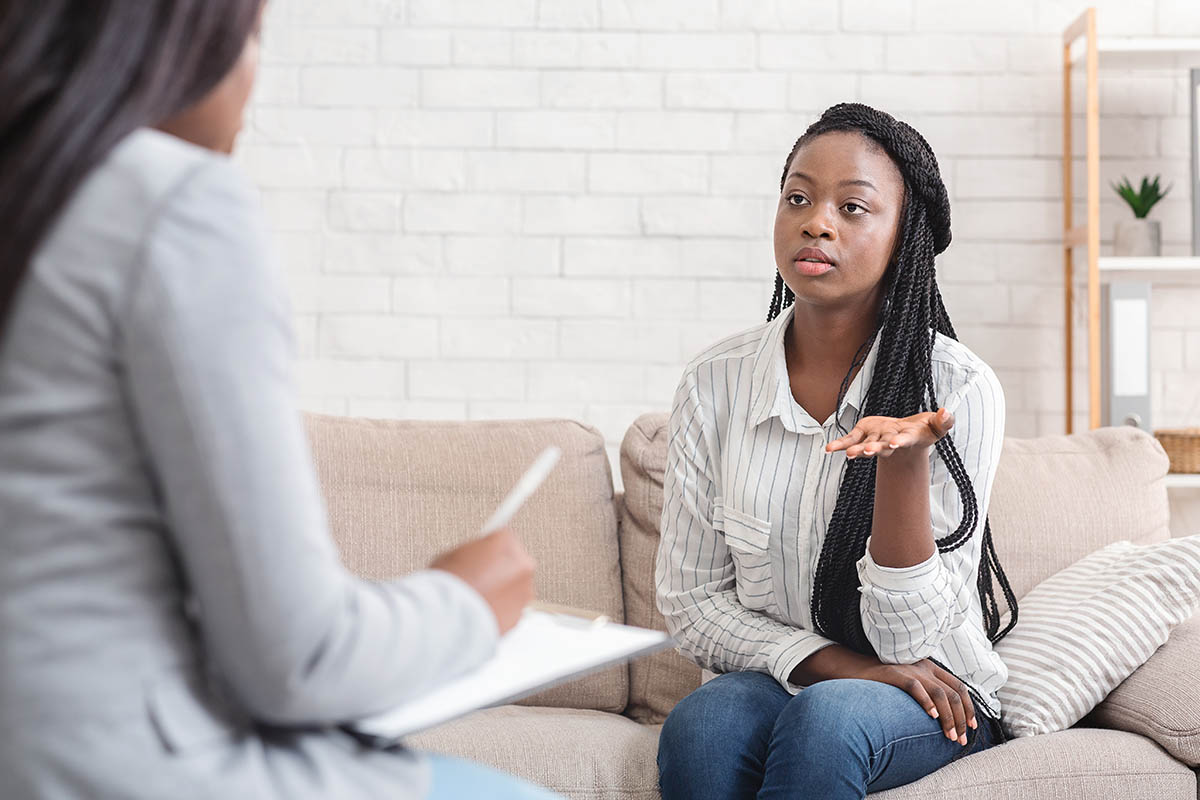Chlamydia testing is not something most people like doing. Although it’s no fun to think about, testing for this disease is necessary if you want to protect your health and prevent disease from spreading to other partners. Here’s some more information about chlamydia testing:
Newer tests, known as NAATs (nucleic acid amplification tests), are much easier and less costly to take than the urine samples offered previously. Your health care provider may explain what specific testing options are available (urea or urinal fluid tests, for instance). In some cases, a chlamydia test is done using a direct sample. A direct sample is taken by urinating into a specimen bottle, then having it analyzed by a laboratory.
There are some types of NAATs that are better options for the patient. One such option is an open chlamydia test, where the infected fluid is sent through an entryway tube to a special instrument for analysis. This type of test can be used in a doctor’s office, urgent care facility, or pharmacy. If you’re tested negative on an entryway test, then your chances of positively screening for the infection are high. However, if your test results come back positive, you should immediately see your doctor and get tested for any other sexually transmitted infections you might have.
When your healthcare provider asks for a chlamydia test result, one of the questions he or she will likely ask is about the number of sex partners you’ve had. Be honest. Some people try to downplay their sexual history, especially when it comes to a serious condition like this. Your healthcare provider wants to know the truth, whether you’ve had sex with multiple partners or not.
Another common question from healthcare providers is whether or not you’re using a condom. This is important as condoms sometimes do not protect against all types of STDs. Some STDs require that you use a specific type of condom, like condoms that are designed to prevent gonorrhea or chlamydia. If you’re still getting tested after the first few dates, your healthcare provider may think you are at risk for getting another infection.
Because gonorrhea and chlamydia both are extremely easy to contract, it’s important that you go to a doctor for a test once you think you may have one. Many people assume they know they have one when they actually don’t. They may also push the wrong button and not get the accurate results. The best way to avoid getting tested and passing up a potential treat is to get tested and treated right away. Once you find out you have either one or the other, be sure to go through the process of getting treatment immediately. https://www.canadahometesting.com/ has the best chlamydia tests.





